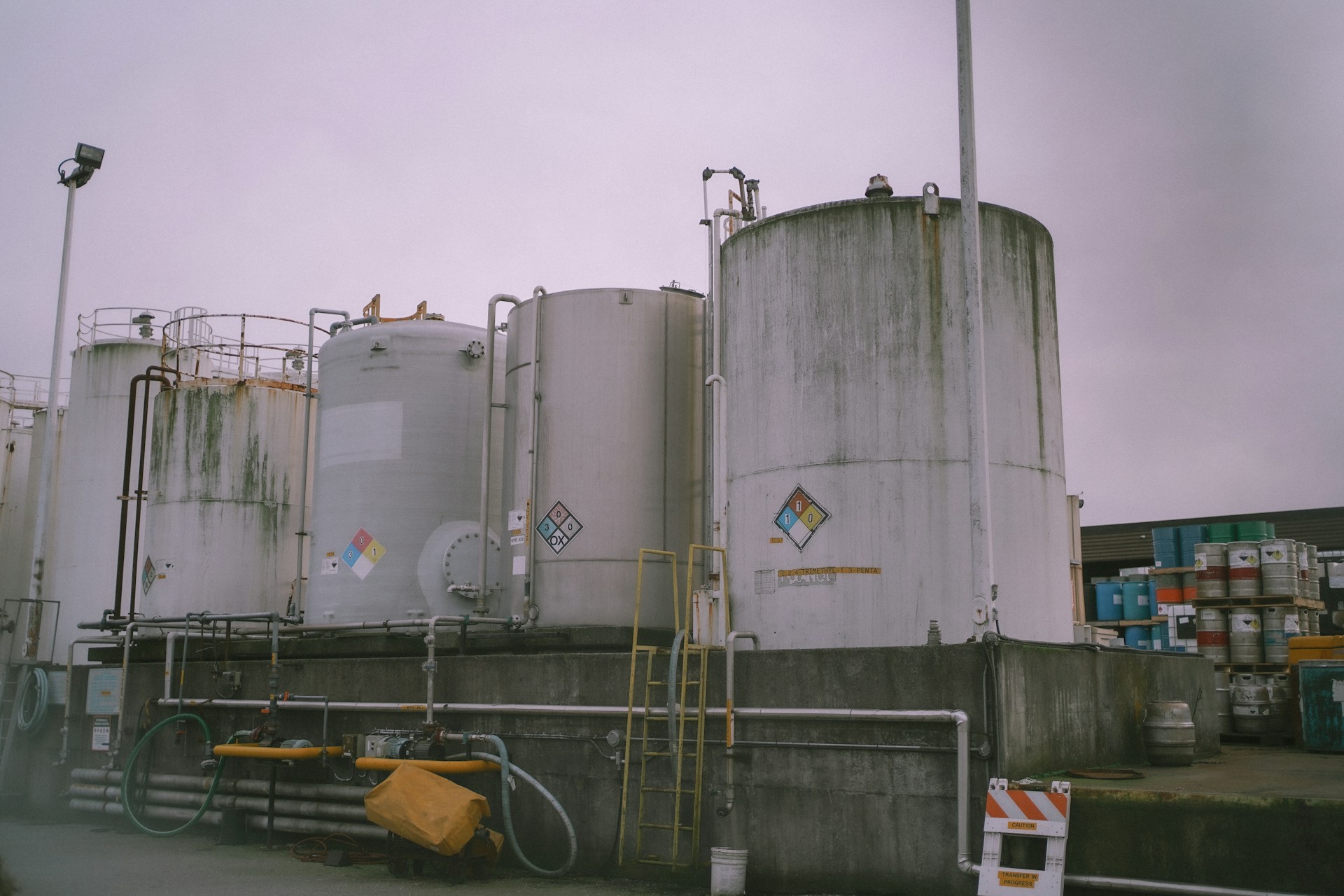
In recent years, the maintenance of tanks has taken a significant leap forward with the introduction of remote monitoring and assessment techniques. Among these advancements, Remote Operated Vehicles, or ROVs, have brought a level of efficiency and accuracy previously unattainable. ROV tank assessments have become a game-changing tool in the industry, enabling businesses to maintain their tanks more effectively while also reducing downtime and costs.
ROVs are specialised underwater robots equipped with cameras and sensory equipment that evaluate and inspect the condition of tanks without the need for manual entry. These assessments are gaining popularity for their ability to provide detailed, real-time information. As the technology advances, more industries are adopting ROVs to ensure their infrastructure remains reliable and safe.
Enhanced Precision and Accuracy
One of the standout benefits of using ROV technology in tank inspections is the remarkable precision it offers. These vehicles are equipped with high-resolution cameras and accurate sensors that allow them to capture minute details that might otherwise go unnoticed during a manual inspection. The ability to zoom in on specific areas provides a comprehensive view of tank interiors, making it easier to identify problems early before they turn into significant issues.
Not only do ROVs enhance precision, but they are also built to navigate complex tank structures with ease. This flexibility ensures that even the most intricate and hard-to-reach sections of a tank are inspected thoroughly. The combination of high-quality imagery and the ability to manoeuvre nimbly makes ROV assessments a superior option for getting a detailed health check on tanks.
Cost-Effective Solutions
Opting for ROV tank inspections can lead to substantial cost savings for businesses. Traditional inspection methods often require the tank to be emptied, cleaned, and then inspected manually, which can be both time-consuming and expensive. By using ROVs, companies bypass these steps, allowing for inspections without draining tanks or halting operations, which means less downtime and more productivity.
Consider these cost-saving benefits:
– Reduced labour costs: Fewer personnel are needed to operate ROVs compared to those needed for manual inspections.
– Minimal downtime: Tanks continue operating during inspections, keeping production steady.
– Preventative insights: Early detection of potential issues prevents costly repairs down the track.
By integrating ROV technology into tank maintenance workflows, businesses can run more efficiently, ultimately saving both time and money.
Safety Benefits
Using ROVs for tank inspections isn’t just about keeping costs down. It’s also a game-changer for safety. Traditional inspections often require inspectors to physically enter the tanks, which can be both dangerous and challenging. ROVs eliminate the need for human entry, meaning inspectors can avoid the risks associated with confined spaces or potentially hazardous environments. This is particularly crucial in scenarios where tanks may contain harmful substances or are located in difficult-to-access places.
Moreover, ROVs are perfect for jobs that involve extreme conditions. Whether it’s inspecting tanks submerged underwater or those exposed to toxic substances, ROVs handle these tough tasks efficiently. They’re designed to endure situations that would be risky for humans. This not only makes the inspection process safer but also ensures that checks can be conducted more frequently, keeping the infrastructure in optimal condition.
Real-Time Data and Reporting
Another significant advantage of using ROVs is their capacity to provide real-time data and detailed reporting. With traditional inspection methods, it may take days or weeks to compile results and reports. However, ROVs streamline this process by delivering immediate insights and visuals that decision-makers can use right away.
This quick access to data is invaluable for making informed decisions rapidly. For instance, if an issue is detected, businesses can act promptly to rectify it, minimising potential downtime. The continuous flow of information also helps in monitoring the health of the tank environment over time, allowing for better predictive maintenance.
Embracing Modern Tank Inspections
The switch to ROVs for tank inspections brings a multitude of benefits—improved safety, significant cost savings, precision, and the advantage of real-time data. By moving away from traditional methods, businesses can ensure their tanks remain in excellent shape and function efficiently.
Incorporating ROV technology into regular maintenance routines shows a forward-thinking approach. It equips businesses to handle today’s challenges effectively while preparing for future demands. For those looking towards better maintenance options, these modern methods are undoubtedly worth considering.
If you’re looking to improve your maintenance routine with safer and smarter methods, using ROVs can be a solid step forward. Learn how ATM Tanks can help you get accurate and efficient tank inspections that keep your systems running smoothly without the usual delays or risks.
- Five Essential Tips for Tank Waterproofing - November 16, 2025
- The Best Methods for Industrial Tank Cleaning - November 16, 2025
- Proper Techniques in Tank Cleaning for Food Storage - November 16, 2025






